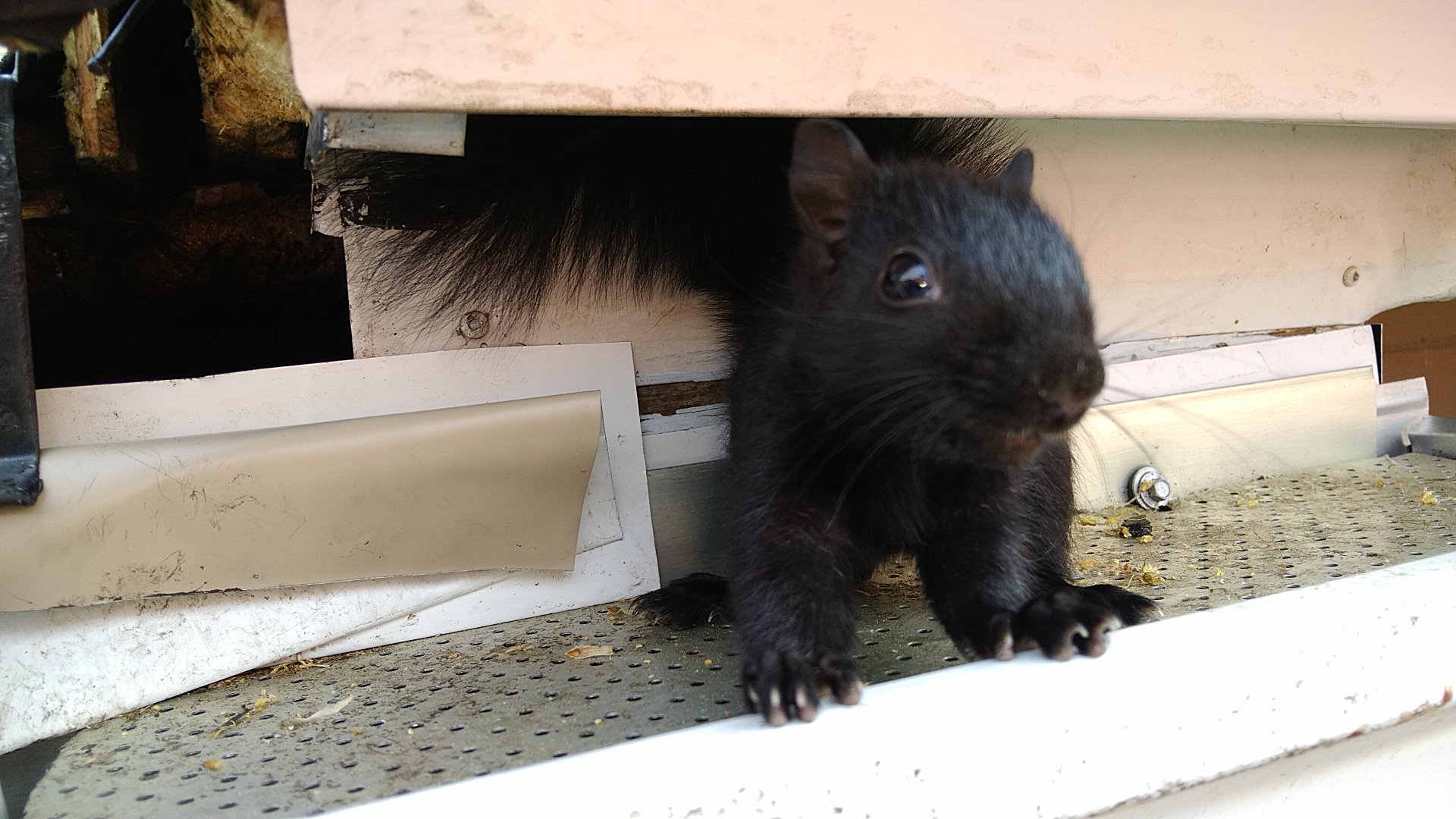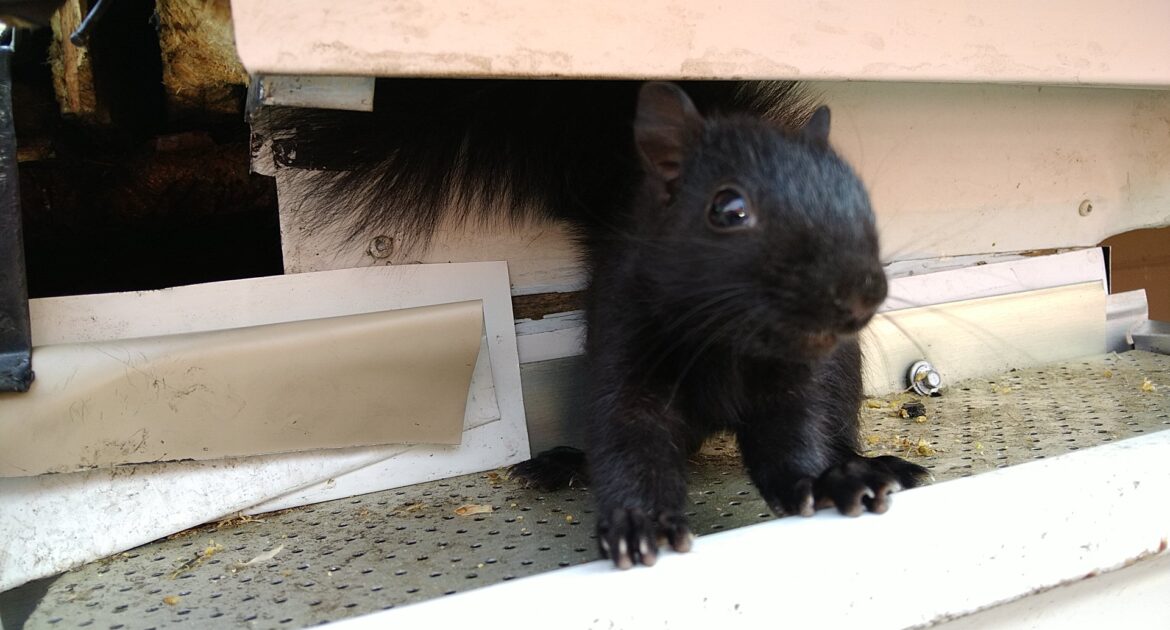Squirrel activity goes relatively unnoticed in neighbourhoods because it is a common occurrence. While many homeowners do not realize it, Canada’s squirrel population is booming, causing a significant uptick in squirrel removal calls.
A little, fuzzy squirrel can seem harmless, playful, and even rambunctious, but when the animal is hungry and searching for shelter, it can become destructive. The furry little critters are cute and pose minimal physical threats, but the risk of damage to structures and houses is very real.
Homeowners in the Durham region should remain vigilant about property security and maintenance. Look for subtle and not-so-subtle signs of squirrel rummaging. Wildlife experts recommend watching for six signs of a squirrel infestation.
1. Droppings
One of the primary indicators that squirrels are in or around your house is the presence of droppings or excrement. It is challenging for the average person to identify droppings as squirrels because they resemble bat guano and the excrement of other critters. A wildlife expert can tell the difference between different excrement.
Squirrels will typically defecate near the entrance of their nest. Therefore, a homeowner is most likely to find droppings near an attic or garage animal entry if it is a squirrel.
Do not come into contact with wildlife excrement. The droppings can contain harmful bacteria like salmonella. Always practice good hygiene when in proximity to wildlife dens or nests.
2. Entry Points
If you notice damaged fascia boards, shingles, eaves troughs, or outer panels, take a closer look. Squirrels are masters at disguising entry points behind or within existing damage.
3. Outdoor Furniture Damage
Like other rodents, a squirrel’s teeth never stop growing. The animal must constantly chew to file down its teeth and prevent them from growing through its mouth.
Your outdoor wood furniture, deck railing, etc., represent ideal chew toys. If you notice significant damage to your outdoor furniture, it can suggest that squirrels are congregating on your property, which points to the possibility that the animal is nesting in your house.
4. Staining on Ceilings
Depending on the size of your home, a family of squirrels can go unnoticed for years. The problem with time and squirrel infestations is the buildup of feces and urine in your attic, walls, and ceilings.
The liquid must go somewhere. Unfortunately, urine will stain walls and ceilings, especially after it has time to soak in and seep through insulation.
5. Increased Squirrel Activity
If you notice more squirrels on your property, it increases the chances the animal will or has found its way into your home. With population increases, it is necessary to contact wildlife control in Oshawa to assess and inspect your property for infestation and damage.
6. Noises
Squirrels make various noises: squeaks, grunts, barks, chirps, scratching, chewing, etc. The sound of a squirrel might be your first hint that they made it inside your home.
If a squirrel is in your house, you will probably hear sounds from the attic and the walls. Most of the noises will occur from dawn to mid-morning as the animals wake and exit the property in search of food. You will also hear squirrels as they return to their nests in the evening.
You should note that a squirrel’s sleep-wake cycle is like a human’s in that they rise and rest with the sun. If you hear most noises at night, you are likely dealing with another animal, such as mice, rats, or raccoons.
Squirrel populations are increasing in Canada, meaning there is an increased risk of property damage and infestation. Despite the animals’ cute appearance and playful nature, it is best for homeowners to call Skedaddle Humane Wildlife Control and schedule a property assessment at the first sign of damage.




